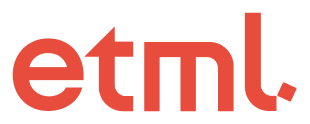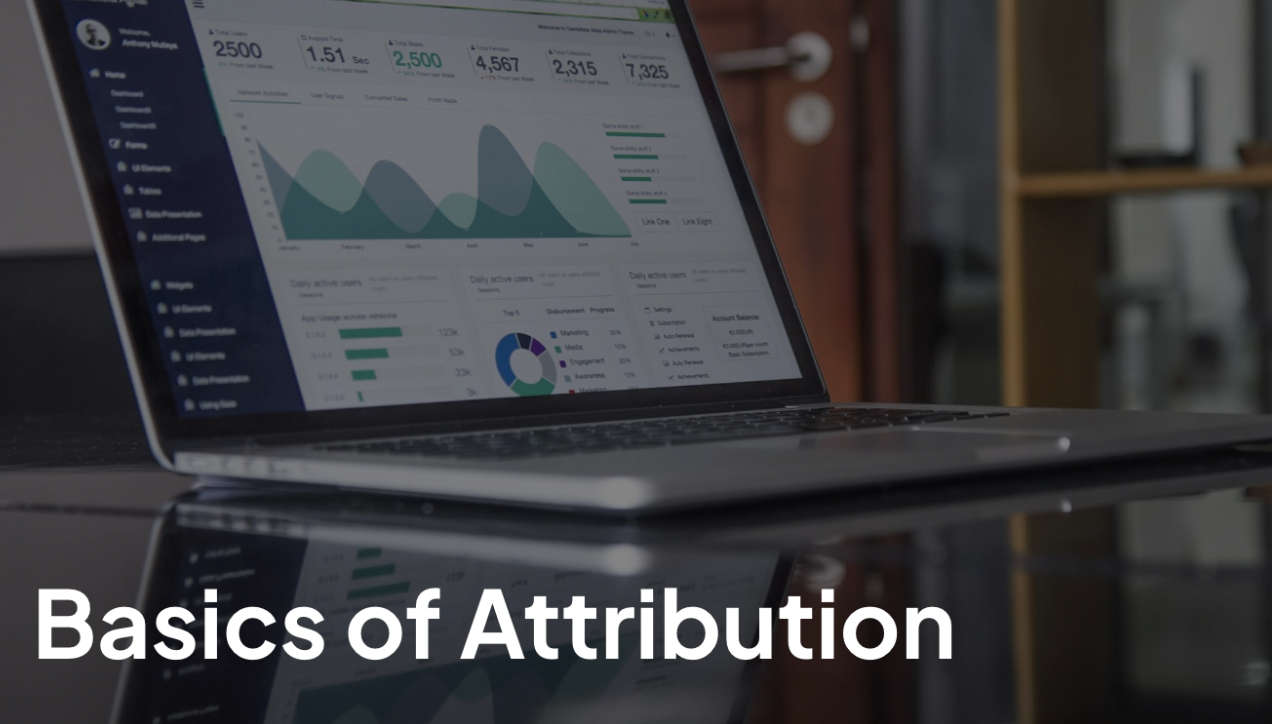By Himanshu Singh | Lead, Business Innovations | ET Medialabs

How integrating first Party Data in the Ad-panel without any tech support is a must step for every Lead-Gen/B2B client
For any lead-gen client, it becomes extremely important to not only identify but also optimize the system for Qualified and Converted leads over just leads as it misguides your campaigns and makes the system inefficient when you try to scale.
Fortunately for every lead gen client, this data is collected in the backend with the help of the CRM (or in a simple excel), however the next questions which come to our minds are how one can make this first party data useful while running lead-gen campaigns online and what kind of tech capabilities a business needs for this?
And if we tell you, that this is a less than 30 mins task where anyone with limited knowledge can manually integrate offline conversion in Google Ad-panel (Or Meta Ad-panel); would you be surprised?
Here is a step by step process how you can pass this data back to Google Panel to use it for optimization and scaling purpose in your Google Campaigns:
- Your CRM should capture the GCLID, Lead created time correctly through GTM or gtag.js
- Leads should be filtered according to the stages they are in from the raw CRM data (e.g. Leads Vs. Qualified Leads Vs. Converted Leads)
- Google ads provide a google sheet template in which the above data is to be pasted. Here are the fields which are required to be filled up:
Google Click IDConversion NameConversion TimeAttributed CreditConversion Value (Optional)Conversion Currency (Optional) - Finally, the sheet is to be linked and shared with google ads on a given email id
Thus, data of every funnel event after the lead submission stage should be passed back to the google panel at a regular frequency & campaigns should be optimized according to the data mapped by google through GCLIDs and not based on last click attributed leads.
If you want to understand further how integrating offline conversions can completely change how you optimize the campaigns, here is the campaign level data to understand its impact:
| Campaign | CPL | CPQL | CPCL | Lead to Sale% |
| Video | ₹2,684 | ₹4,891 | ₹143,804 | 1.87% |
| Search_Category_1 | ₹653 | ₹1,168 | ₹19,764 | 3.30% |
| Search_Brand | ₹658 | ₹1,103 | ₹8,099 | 8.13% |
| Search_Category_2 | ₹431 | ₹843 | ₹13,354 | 3.23% |
| Display | ₹328 | ₹625 | — | 0.00% |
| Smart Search | 399 | ₹868 | ₹2,426 | 16.43% |
CPL = Cost/Lead
CPQL = Cost/Qualified Lead
CPCL = Cost/Converted Lead
Initially, “Display” was considered the best performing campaign as it was providing a significant number of leads at the lowest CPL compared to all other campaigns. But after passing the actual offline sales data (Converted Leads) through CRM it was identified that those leads didn’t result in final conversion/sales.
This indicates all non-quality leads were brought by that campaign and were of no use for the business in the long run. Hence, this campaign should be paused or optimized instead of scaling up by just taking decisions on the basis of lead level data(half of the funnel).
This exercise can help lead-gen/B2B advertisers take informed decisions that can help in actual growth of businesses.



